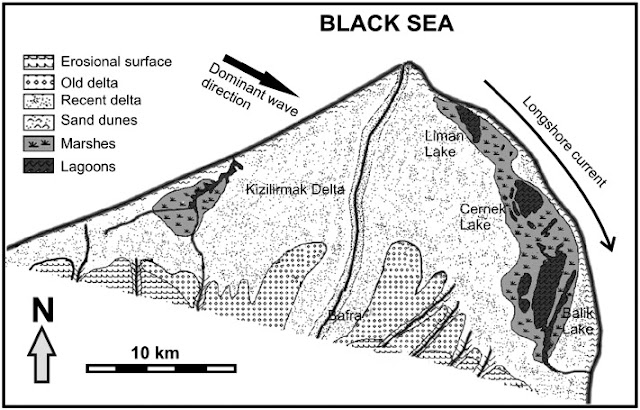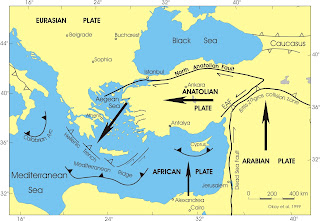Rising Seas in Turkey
Turkey's coastal provinces make up roughly 30% of the country's entire land. And, about 30 million residents, out of a total population of 75.6 million, live along the coast. More people than ever are moving to the world's coasts, increasing the pressure to relax development standards created for safety, such as building too close to the shore.
With so much of the country at risk of flooding due to rising
sea levels,Turkey is on it! Sea level observation stations (tide gauges) in Turkey are deployed and operated for mapping activities and for sea level defense. Sea level observations have been carried out by float operated gauges beginning in 1998.
Since then, gauges have been replaced with acoustic ones having sounding
tubes and the Turkish National Sea Level Monitoring System (TUDES) has been
established. Currently, TUDES consists of one data center, with 20 digital and
automatic tide gauge stations deployed along the coasts of Turkey.
TUDES is one of the most unique tide gauge networks along the
Eastern Mediterranean and the Black Sea, in which instantaneous sea level and
some meteorological parameters such as temperature, pressure and wind are
measured, stored digitally, and transmitted to the data center via automatic
systems.
Through the TUDES project, General Command of
Mapping aims to;
- Determine and improve vertical reference surfaces for heights and depths used in topographic, nautical and aeronautical charts,
- Connect the vertical data of Anatolia, Thrace, Turkish Republic of Northern Cyprus and other Turkish islands,
- Monitor sea level variations in time and space domain,
- Find out tidal characteristics and produce accurate tide information,
- Provide sea level data for natural hazards such as earthquake, tsunami, storm surges, and climate change studies.
Sea level, atmospheric pressure, air temperature, relative
humidity, wind speed and direction are measured with high accuracy at the TUDES
tide gauges and stored in dataloggers at intervals of every 15 minutes. Data is
collected from the TUDES gauges, and quality control and analysis processes are
performed at the data center in Ankara. Sea level and other ancillary data is collected
from the TUDES tide gauges.
REFERENCES






Comments
Post a Comment